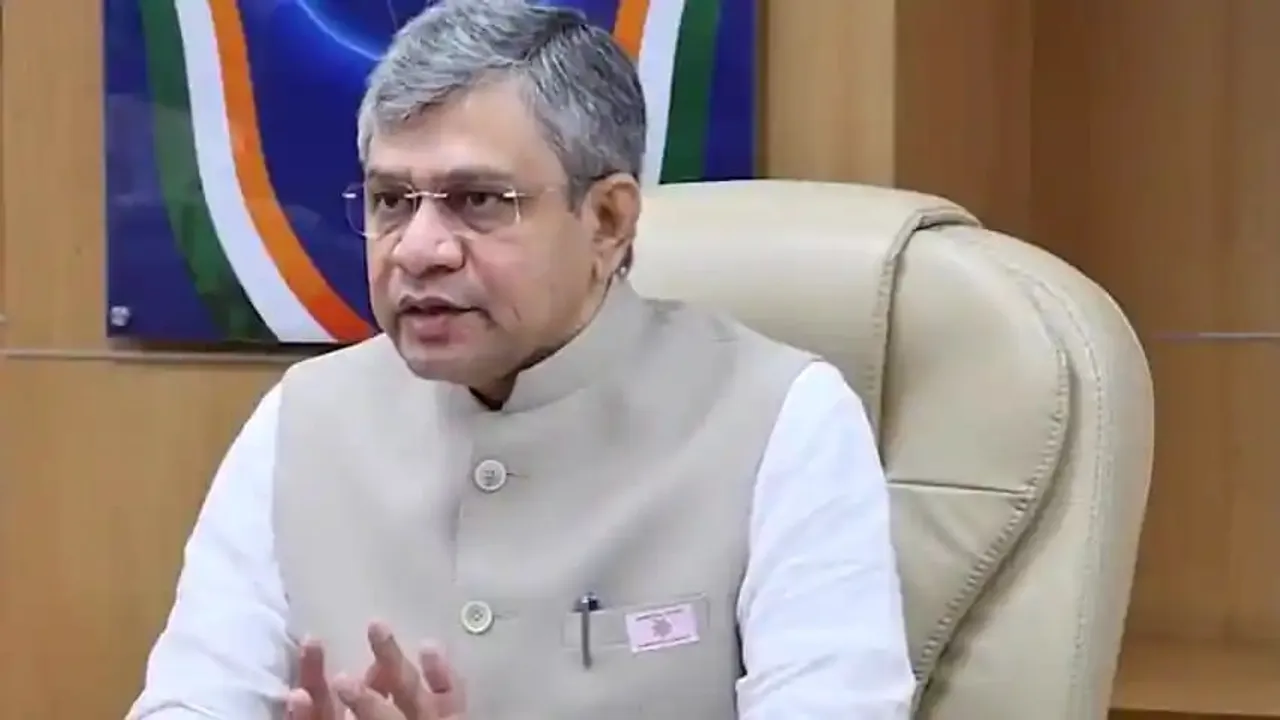Indian Railways provides an annual subsidy of Rs 56,993 crore, offering passengers a 46% discount on ticket prices, Railway Minister Ashwini Vaishnaw revealed during a session in Lok Sabha on Wednesday. subsidy is part of government’s ongoing efforts to make rail travel affordable and accessible for people across all income groups.
During Question Hour, Vaishnaw elaborated on significance of subsidy, explaining that for every ticket priced at Rs 100, passengers pay only Rs 54, with remaining amount subsidized by government.
Comprehensive Subsidy for Rail Passengers
Universal Benefit
Vaishnaw highlighted that subsidy benefits passengers across all classes and categories, ensuring equitable access to rail services nationwide. This includes:
- General Class: most economical form of travel.
- Sleeper Class: Commonly used for medium- and long-distance travel.
- AC Classes: Offering comfort at subsidized rates compared to other transport modes.
subsidy has been instrumental in maintaining Indian Railways’ affordability while ensuring improved services for millions of passengers daily.
Clarification on Restoring Concessions
When asked about reinstating pre-pandemic discounts for specific passenger categories, such as senior citizens and students, Vaishnaw clarified that existing subsidies already cover a broad spectrum of passengers, providing significant relief. He emphasized that these subsidies contribute to keeping rail travel affordable across country.
Namo Bharat Rapid Rail: A Success Story
In response to a separate query, Vaishnaw highlighted success of Namo Bharat Rapid Rail Service, recently launched between Bhuj and Ahmedabad.
Enhanced Intercity Connectivity
Namo Bharat Rapid Rail, a modernized service, has:
- Reduced travel time between Bhuj and Ahmedabad to 5 hours and 45 minutes over a distance of 359 kilometers.
- Introduced superior passenger facilities, punctual operations, and enhanced connectivity for cities along route.
Features of Namo Bharat Rapid Rail
| Feature | Details |
| Route Length | 359 kilometers |
| Travel Time | 5 hours 45 minutes |
| Key Stops | Multiple, en route |
| Passenger Feedback | Positive |
| Facilities | Modern seating, Wi-Fi, punctuality |
This service, introduced to improve intercity connectivity, has been highly appreciated by passengers and is expected to encourage more people to opt for rail travel over other modes of transportation.
Subsidy and Modernization: A Dual Approach
While subsidies ensure affordability, Indian Railways is equally focused on modernization. Vaishnaw emphasized that balancing these priorities is key to sustaining growth and efficiency of rail network.
Key Modernization Efforts
- Rapid Rail Projects:
- Services like Namo Bharat Rapid Rail showcase shift toward faster and more efficient travel.
- Infrastructure Upgrades:
- Electrification of tracks, introduction of high-speed trains, and station renovations.
- Passenger Amenities:
- Improved cleanliness, digital ticketing, onboard Wi-Fi, and better seating.
- Sustainability Initiatives:
- Focus on green energy projects, such as solar-powered stations and energy-efficient trains.
Financial Sustainability of Indian Railways
Despite massive subsidies, Indian Railways continues to explore avenues for financial sustainability:
- Freight Services:
- Freight operations remain primary revenue source, helping offset cost of passenger subsidies.
- Public-Private Partnerships (PPPs):
- Collaborations with private entities for infrastructure development and train operations.
- Revenue from Non-Fare Sources:
- Advertising, leasing of land, and station redevelopment projects contribute additional income.
Public Impact
46% ticket rebate provided by Indian Railways ensures that even economically disadvantaged can access affordable travel.
Benefits for Specific Groups
- Daily Commuters:
- Students, workers, and small business owners benefit from cost-effective transportation.
- Long-Distance Travelers:
- Families and tourists enjoy significant savings on travel expenses.
- Regional Development:
- Subsidized travel fosters regional connectivity, boosting local economies and accessibility.
Challenges Ahead
Despite subsidies and modernization efforts, Indian Railways faces several challenges:
- Vacancies in Manpower:
- Filling critical vacancies to manage expanding services and infrastructure.
- Revenue Gap:
- Balancing operational costs with subsidies provided.
- Infrastructure Strain:
- Managing growing demand for passenger and freight services on aging infrastructure.
- Sustainability Goals:
- Transitioning to greener energy sources while maintaining financial viability.
Future Vision for Indian Railways
government is committed to ensuring that Indian Railways remains both affordable and efficient.
Upcoming Plans
- High-Speed Rail Corridors:
- Mumbai-Ahmedabad bullet train project is set to redefine long-distance travel.
- Expansion of Rapid Rail Services:
- More routes are planned to replicate success of Namo Bharat Rapid Rail.
- Improved Freight Efficiency:
- Dedicated freight corridors to enhance cargo transportation.
- Digital Transformation:
- Integration of AI and digital systems for smoother operations and passenger services.
Conclusion
announcement of a Rs 56,993 crore subsidy and 46% ticket rebate underlines Indian Railways’ commitment to affordability and inclusivity. While subsidy eases financial burden on passengers, projects like Namo Bharat Rapid Rail showcase strides being made toward modernization and improved connectivity.
As Indian Railways continues to balance affordability with growth, these initiatives promise a better travel experience for millions while supporting nation’s economic and infrastructure development goals.
Disclaimer
This article on Indian Railways Offers Rs 56,993 Cr Annual Subsidy, 46% Ticket Rebate: Vaishnaw is based on publicly available information and credible sources. While every effort has been made to ensure accuracy, readers are encouraged to verify details independently. This content is for informational purposes only and does not constitute professional advice.

Leave a Reply